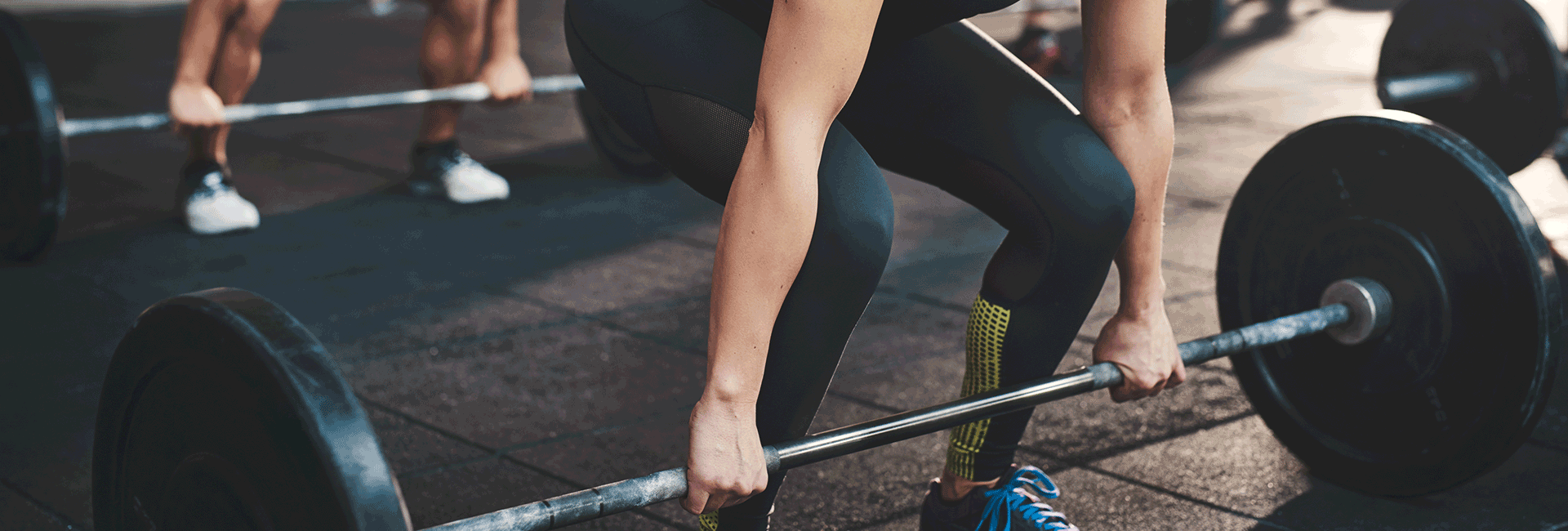There is no one-size-fits-all lifting program. There is no shortage of inspiration for the “perfect” lifting routines on social media, online or streaming services. It can be really tempting to scroll to some videos of someone who looks really fit and start doing a lifting routine that works well for them. Admittedly, most are led by motivating and inspiring coaches, they have smartly crafted exercises, and they give variations to accommodate different experience or fitness levels. These are all good things. The problem is that they’ve never met you and never had the opportunity to ask you two important questions:
- What is your goal?
- How can we incorporate this into your lifestyle to build you a program that sticks?
The answers to these questions will guide programming based on the following variables:
- Frequency – Workouts per week
- Intensity – Reflects effort and fatigue from very light activity up to failure to produce a quality movement or complete a lift. Affected by weight, speed, rest between exercises, skill level.
- Skill required – machines and exercises that involve movement at one joint or body part often require less coordination and skill as compared to more complex movements that involve the whole body (squats, lunges, bench press, overhead press, etc.), fast or explosive movements.
- Volume – Collective amount of work based on intensity, frequency and number or repetitions and exercises, often measured per week.
- Rest – quality sleep, stress management and mental wellbeing, nutrition, days off from lifting, light activities such as walking.
- Previous medical/injury history - this may affect many variables in your programming and should be evaluated by a physical therapist to help you understand your limitations. If you are managing any health conditions (including common examples such as high blood pressure, diabetes, heart conditions), it is always best practice to ask your medical doctor before starting a program.
In general, you should first identify what your goal is and then develop a lifestyle-specific plan that will work for you and empower you to reach that goal. Let us give you two examples:
Jane
Jane is a 50-year-old female with 25 years of experience in light and moderate intensity cardio exercise but wants to add a strength routine to help not get as fatigued with her pickleball game that she plays 3 times/week for 2 hours.
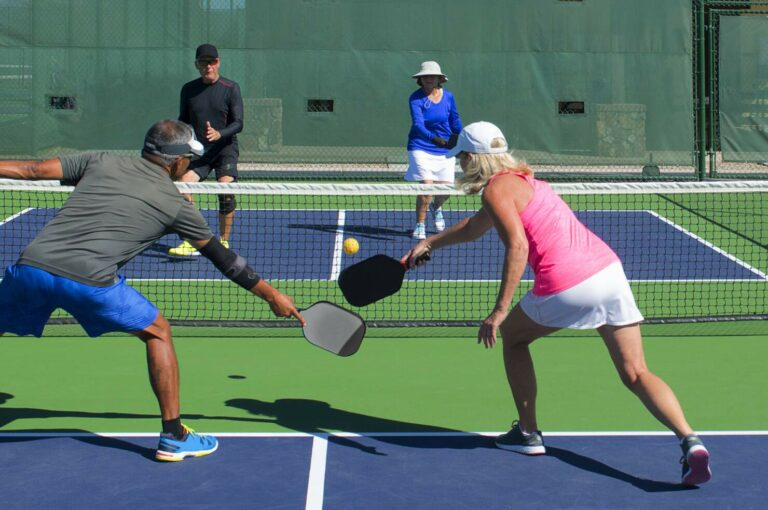
John
John is a 25-year-old experienced powerlifter that wants to learn Olympic lifts to help him be more powerful with basketball that he plays twice a week for 90 minutes each.

For Jane let’s dive into those variables:
Frequency: Three days of pickleball per week is very important to her so we will keep that the same. We want to plan some rest in her week too, so probably best to start with two days per week lifting.
Intensity: Based on her lifting skill level and goal of pickleball (not strength), most lifting days should be low to moderate.
With that said, high intensity lifts still have a place when skill has been developed, especially if she wants to maximize the benefits of only two lifting days. This may look like nearing failure in some of her lifts or doing low volumes of lifts that feel very heavy for her.
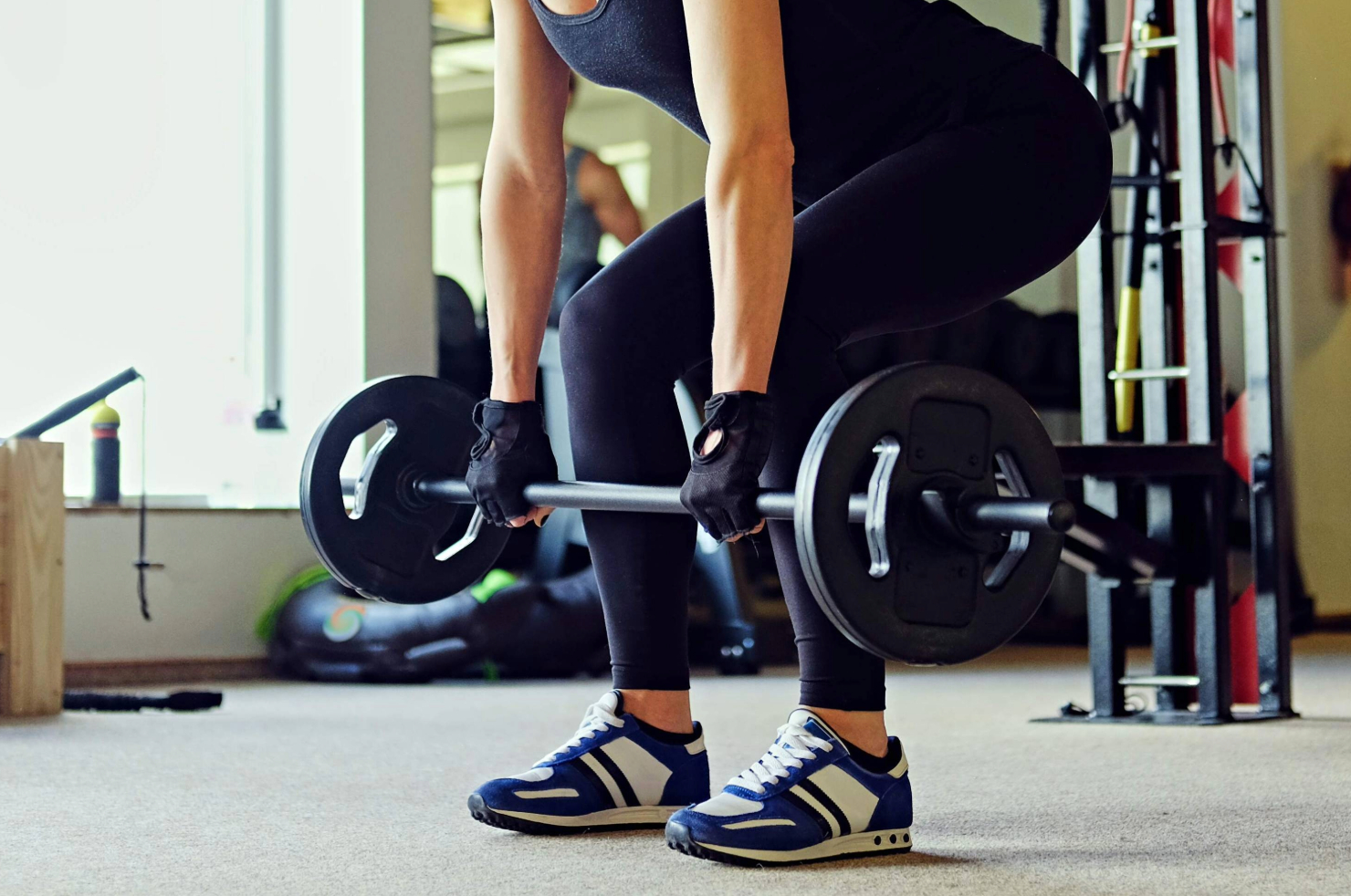
Skill required: Will want to start with some low complexity movements and limit the range of motion to build in extra comfort with the movements. An example could be using a box or bench to perform a goblet (front) squat with a kettlebell. This can be progressed to full range with a bar and no box as she gains skill.
Volume: On the low side. The biggest reason is the pickleball! She is already moving her body with a high volume of pickleball and should be careful adding too much additional training volume. If she changes her goals and wants to lift more frequently, she may want to reduce her pickleball volume.
Rest: On the low side. She is training to improve her strength during a sport that uses some short bursts of higher energy but is generally a more endurance based, low intensity sport, so she should limit long periods of rest with her lifting to match those demands.
Medical and injury history: Jane has high blood pressure that is successfully managed with a combination of prescribed medication, diet, and exercise. She has had episodes of left knee pain that has been recently treated with physical therapy. She now knows how to manage her knee on her own with stretches and strengthening exercises. She chooses to stretch and warm up with physical therapy exercises before pickleball, and will start to add her physical therapy strengthening exercises to the end of her lifting sessions.

Let’s do the same for John:
Frequency: He plays basketball three hours per week, so he has more capacity to add more lifting days than Jane. Also, he is an experienced lifter already and will likely tolerate more frequent lifts than an inexperienced lifter. Three to four days would be ideal. Half of these days will be speed, power and specific basketball movement focus, the other half general whole body strength.
Intensity: Wants to be more powerful with basketball so needs to train that way with moderate to high intensity. Can even start with some light intensity as he is still learning some of the Olympic lifts. But won’t see the gains he is looking for until he can increase to moderate to higher intensity.
Skill required: John has the low complexity exercises down already, needs to be challenged with higher complexity. An example would be a power clean. To perform this well, he will need to have competency in a barbell front squat, dead lift and a high pull as these are all components of the power clean.
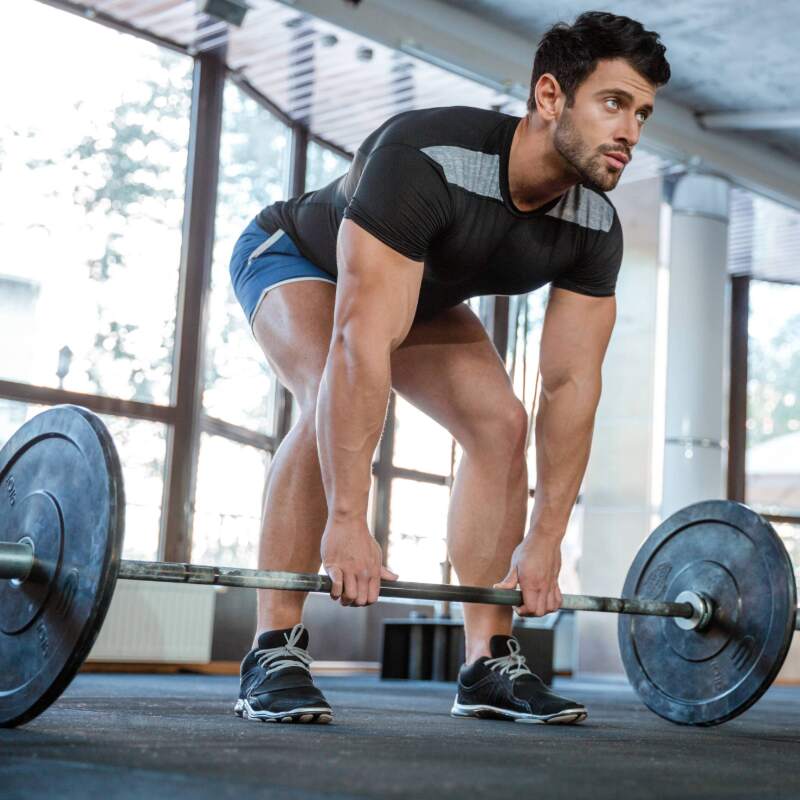
Volume: Higher due to John’s experience, goals and available capacity based on his week. He might consider a four day per week program consisting of two days of a push-based format (bench, squats, etc.) and two days of a pull format (dead lifts, rows, etc.) to keep good balance with his lifts. As he progresses to higher intensity lifts, will reduce volume to match the increased load.
Rest: On the high side. He is training to improve his power during a sport that requires a lot of powerful movements like jumping. This will tax the tissues in a way that they need more recovery. For some lifts, he may take three to five minutes of rest in between sets, and rest days include light activities such as walking and chores.
Medical and injury history: John does not have any health conditions and sees his primary care doctor every 1-2 years for a physical.
He has a history of ankle sprains and incorporates single leg strength and balance exercises at the end of his lifting sessions to maintain his ankle control and stability.
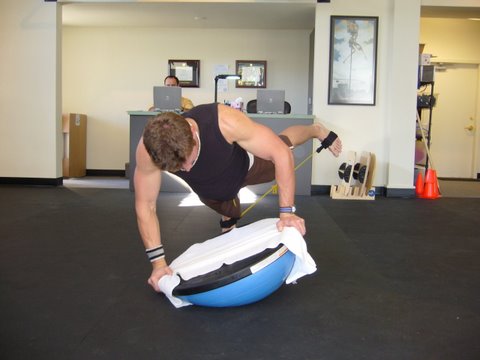
Tailoring your lifting routine to align with your goals and lifestyle is key. With no one-size-fits-all solution, it is crucial to consider factors like frequency, intensity, skill required, volume, rest, and medical history. Whether you’re like Jane, aiming to enhance your pickleball performance, or John, looking to boost your basketball prowess, personalized programming is essential. So, let’s delve into some recommendations to guide you on this journey.
- Work with a personal trainer or strength and conditioning coach who can listen to your goals, shape the plan to meet those goals to your specific needs, give you advice on making realistic decisions on lifestyle changes to stay consistent with the plan. This may be especially helpful for new lifters, but trainers can be very helpful in pushing past plateaus and keeping programming interesting.
- Start slow and progress gradually. Beginners do not need high intensity training to see improvements, and seasoned lifters may be more tolerant to high intensity training but still benefit from low to moderate intensity sessions as well. Only training at high intensities increases risks for injury, burnout, and diminishing returns for efforts made.
- Commit to a training block of planned sessions for 3-6 weeks to allow your body to adapt to specific movements. These blocks should represent a range of movements and muscle groups, and will vary based on goals, frequency, etc.
- Find a way to make resistance training enjoyable for long term commitment and results.
Remember, the journey to achieving your fitness goals is unique to you, so embrace the process, stay consistent, and enjoy the rewards of your hard work and dedication.

PTs are movement experts!
Increase your athletic performance with the help of a physical therapist. Our passion is to help every patient reach their goals and live an active, pain-free life. Get started with PT today!
Want to learn more about weightlifting? Check out these resourses:
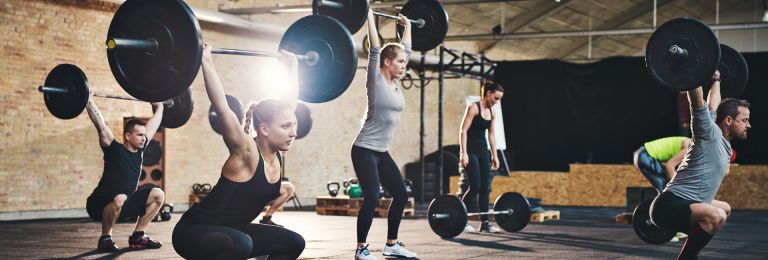
MYTH: No Pain, No Gain
Like a lot of athletes, physical therapist Matt Rogers grew up in the “no pain, no gain” world. This line of thinking, it turns out, has been applied inappropriately to a lot of things in our lives.
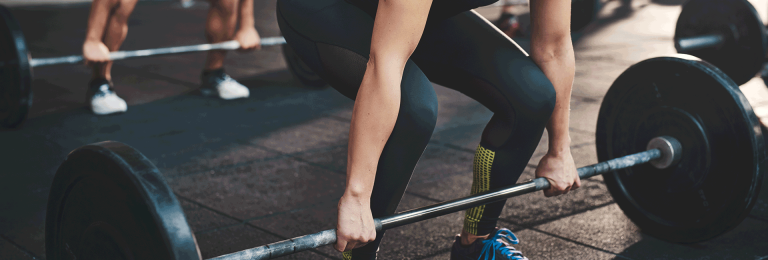
MYTH: Olympic Weightlifting Is a Dangerous Sport
It’s not surprising that a sport which requires you to throw a maximum amount of weight above your head might be considered dangerous. But really, how dangerous is Olympic weightlifting?
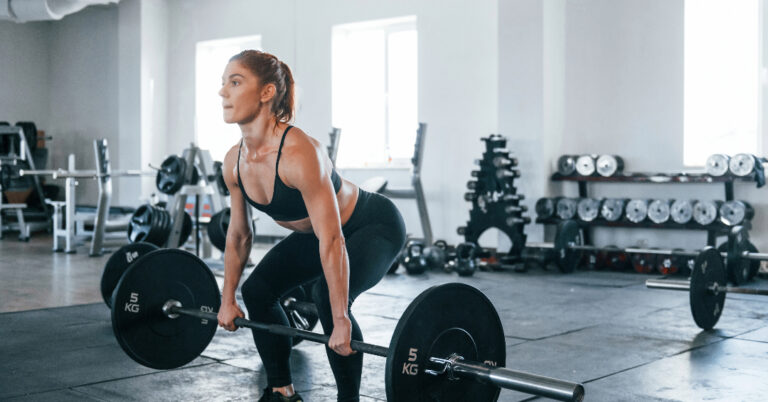
MYTH: Lifting Heavy Weights Will Make Me Look Bulky
It’s true that lifting heavy will promote hypertrophy in muscles leading to a size increase. However, it is a misconception, especially for women, that it will lead to a bulky looking physique.
